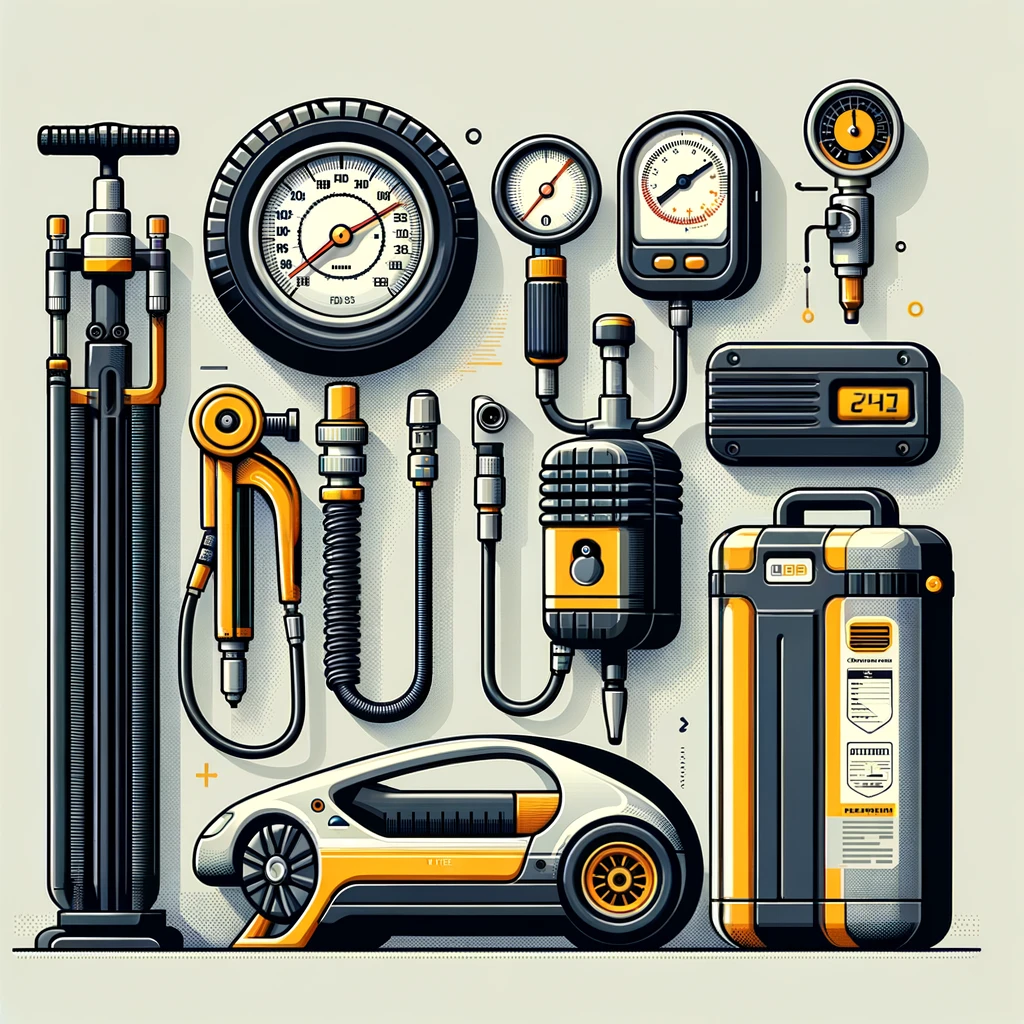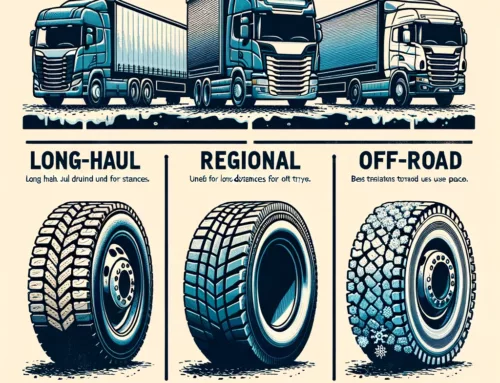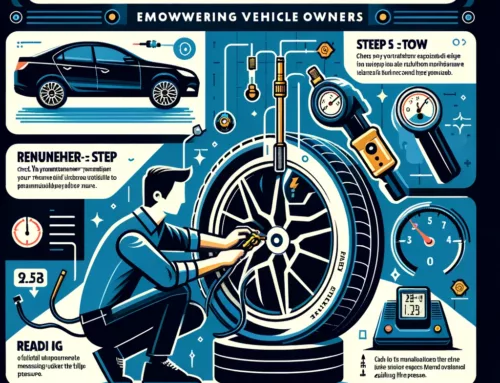
Keeping your car’s tyres properly inflated is akin to finding the perfect pair of shoes; too tight or too loose, and you’re in for an uncomfortable journey. Yet, the art of tyre inflation goes beyond comfort—it’s about enhancing your vehicle’s performance, fuel efficiency, and safety on the road. In this comprehensive guide, we’ll dive deep into the world of car tyre inflation, exploring the impacts of under-inflation, the ideal inflation frequency, optimal timing, and hands-on advice for inflating your tyres both at home and at a petrol station. Get ready to pump up your tyre knowledge!
The Impact of Under-Inflated Tyres on Your Vehicle
Driving on under-inflated tyres is akin to jogging with sandbags tied to your feet. Not only does it require more effort (and fuel) to move forward, but it also increases the wear and tear on your tyres. Here’s what happens when your tyres aren’t pumped up properly:
- Increased Fuel Consumption: Under-inflated tyres have a larger contact area with the road. This increased rolling resistance means your engine has to work harder, burning more fuel in the process.
- Reduced Handling and Safety: A tyre that’s not properly inflated cannot maintain its shape and may become deformed under pressure. This affects your car’s handling, making it harder to steer and lengthening braking distances.
- Premature Wear: Tyres are designed to wear evenly when properly inflated. Under-inflation leads to uneven wear, particularly along the edges, necessitating earlier replacement.
- Higher Risk of Blowouts: Under-inflation increases the temperature of your tyres, especially at high speeds. This can lead to overheating and potentially cause a tyre to blow out.
How Often Should You Inflate Your Car Tyres?
“An ounce of prevention is worth a pound of cure,” as the saying goes, and this couldn’t be truer for tyre maintenance. You should check your tyre pressure at least once a month and before long trips. Tyres can lose air over time due to permeation, and temperature changes can also affect tyre pressure. For example, for every 10 degrees Fahrenheit change in ambient temperature, your tyre’s pressure can change by about 1 psi.
The Best Time to Inflate Your Car Tyres
Timing can be a game-changer when it comes to tyre inflation. The best time to check and inflate your tyres is in the morning when they are cold. Tyres heat up and expand as you drive, so checking them when they are cold gives you the most accurate pressure reading. If you must inflate your tyres after driving, wait at least three hours for them to cool down.
DIY Tyre Inflation: How to Inflate Your Car Tyres at Home
Inflating your tyres at home doesn’t require you to be a mechanic. With a few tools and some patience, you can ensure your tyres are always at the perfect pressure. Here’s how:
- Get a Reliable Tyre Pressure Gauge and Air Compressor: These tools are essential for checking your tyre’s pressure and inflating them at home.
- Check Your Tyre Pressure: Remove the cap from the valve stem, press the tyre gauge onto the valve, and read the pressure.
- Inflate to the Recommended Pressure: Attach the air compressor to the valve stem. Inflate in short bursts, checking the pressure as you go, until you reach the recommended pressure (found in your car’s manual or on the inside of the driver’s side door).
- Replace the Valve Stem Cap: This keeps dirt out and ensures no air leaks out.
Filling Up: How to Inflate Your Car Tyres at a Petrol Station
Petrol stations are convenient spots to inflate your tyres, especially if you don’t have the tools at home. Here’s a step-by-step guide:
- Locate a Petrol Station with an Air Pump: Most stations have them, often free or for a small fee.
- Remove the Valve Stem Caps: Keep them in a safe place; you’ll need to put them back on after inflating your tyres.
- Check Your Tyre Pressure: Use your tyre gauge to get an accurate reading.
- Inflate Your Tyres: Attach the air hose to each tyre’s valve stem. Fill each tyre in short bursts, checking the pressure until it reaches the recommended level.
- Replace the Valve Stem Caps: Don’t forget this final step to ensure your tyres stay inflated.
By following these guidelines and maintaining the correct tyre pressure, you can ensure a smoother ride, better fuel efficiency, and a safer journey.
FAQs
Q: Can I overinflate my tyres at a petrol station?
A: Yes, it’s possible to overinflate if you’re not careful. Always use a tyre gauge to check the pressure as you fill. Overinflated tyres can lead to a rough ride and increased wear in the center of the tyre tread.
Q: How do I find my car’s recommended tyre pressure?
A: The recommended tyre pressure is usually found in the car’s manual, on a sticker inside the driver’s side door, or inside the fuel tank lid. It’s expressed in pounds per square inch (psi) or kilopascals (kPa).
Q: What if I check my tyres when they’re warm?
A: If you must check your tyres when they’re warm, add 4-5 psi to the recommended pressure to compensate for the increase in pressure. However, for the most accurate reading, always try to check and inflate when the tyres are cold.


